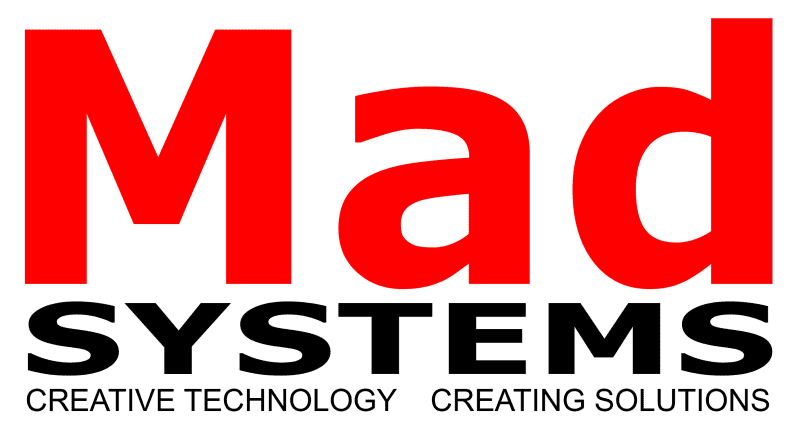Discussing Engineers and Creativity, Virtual Reality, and New Cost-Effective Technology to Transform Environments
Are museums ready for virtual reality? Mad Systems Founder and VP of Engineering, Maris Ensing, discusses this and more on the MarketScale ProAV podcast with Sean Heath:
Q: One thing I’ve always found fascinating is when engineers bring their analytical thinking to the creative side of any industry. There always seems to be an amazing increase in efficiency which allows for greater creativity. Have you found that to be the case?
A: When you work in an area when creativity is required, I’m not sure if we increase efficiency, because quite frankly, everybody here in my office knows that I can be terrible when I have a cunning plan, and those words here strike the fear in just about everybody. So, is it the most efficient? I’m not sure. Do we end up with a result that we can be proud of? The answer to that would definitely be yes…
Q: I do think that there are a couple advantages that you bring with your perspective from the analytical objective side. The way that you see the development of the interactives, the touchscreens, you mentioned the work you are doing in museums and visitor centers… that’s a very interesting blend that’s happening right now.
A: Yes, it is. It gives us an opportunity to benefit from some of the incredible changes that we are seeing. It’s a very interesting combination; combining engineering and creativity, and the analytical thought process that goes behind it, to turn up a result that is different, and that is what we specialize in.
Q: Talk to me a little about the balance of virtual reality in a museum or visitor center.
A: There are some fairly diverse view points on the use of VR in the museum space. The primary concern that I really care about is the transfer of information and creating that bond (between people), whereby forty years later, you still remember that moment. And to me, that means that personal contact and an opportunity to create that moment is what we should be striving for when we put a museum or visitor center together. To my mind, VR takes away from that. The problems I see with VR in museums is that you are basically breaking that moment where friends and family can interact, into individual experiences. We should always strive to create a moment of human interaction that is remembered afterwards. Does VR have a place? Yes, absolutely. It is great fun to play with? Absolutely… But you need to be careful about how you use it in museums so that you don’t turn it into an event that people can have at home, because the essence of getting people into museums is that you are offering something that they can’t get at home, because otherwise why would they come.
Ensing hints at up-and-coming technology Mad Systems is working on that allows for virtualization within a space. No longer is content fixed and no longer are we limited on content. Virtualization allows for visitor based customization and constant updates within an environment that allows for an entirely new method of presentation that will reach a greater audience for years to come.
Follow Mad Systems for updates and listen to the podcast by clicking here.
[/cs_element_column][/cs_element_row]

Comments
Maris Ensing, I am your biggest fan.
Good evening Phineas, and thank you for that – this team is what it’s all about: some unusual skills and hardworking folks!!
Maris, You are genius. Your creativity and ability to push (while accompanying) others into that realm is pure genius. It is that leap that makes MAD unlike any other “laboratory”!
thank you Berni – it’s a helluva team! We have now filed three patents relating to how we can deliver a better experience to visitors in any type of venue anywhere. You’ll have to come and see it work before too long!